Written By OEEC Staff
Faithful readers of this blog know that we often use this space to highlight timely issues relevant to sustainability and climate action. Today, we’re devoting this post to answering some of the most frequently asked questions that OEEC gets about environmental and energy topics.
We were going to limit it to 12 questions, but a ‘dirty dozen’ isn’t really on-brand for us. So, we added one more and made it a ‘clean thirteen.’

Without further ado, you asked, we answered…
1. What is Fairfax County doing to address climate change?
Fairfax County has implemented several significant plans, policies, and initiatives to combat climate change and promote environmentally sound and energy-efficient practices. Among the most impactful are the Community-Wide Energy and Climate Action Plan (CECAP) and Resilient Fairfax.
CECAP is a community-driven plan aimed at reducing greenhouse gas emissions, with ambitious goals to cut emissions in half by 2030 and achieve carbon neutrality by 2050. This plan addresses the root causes of climate change by targeting emissions reductions across the community. Resilient Fairfax focuses on adapting to the effects of climate change, such as extreme heat, severe storms, and flooding, to help the county become more resilient to these changes.
In addition to these plans, Fairfax County encourages residents to engage in climate action through various online resources:
.png) Sustain Fairfax Challenge is a new climate engagement platform makes it simple, easy, and fun to learn about climate solutions and take action through an interactive dashboard. Sign up now to start reducing your environmental impact through progress tracking, daily reminders, and collaboration with friends, family, and colleagues!
Sustain Fairfax Challenge is a new climate engagement platform makes it simple, easy, and fun to learn about climate solutions and take action through an interactive dashboard. Sign up now to start reducing your environmental impact through progress tracking, daily reminders, and collaboration with friends, family, and colleagues!- OEEC’s website also offers topic pages on home energy, solar power, and electric vehicles, as well as resource pages with videos, fact sheets, flyers and other information for residents, businesses, and organizations looking to take climate action.
For more information about the results of the county's ongoing efforts, check out:
- The Climate Action Dashboard provides interactive metrics related to emissions and resilience, including sector-specific data on buildings, transportation, energy supply, natural resources and waste.
- The County Government Energy Data page showcases energy use, costs, and emissions data for county facilities.
Beyond these initiatives, other county agencies like the Department of Public Works and Environmental Services (DPWES) and the Fairfax County Park Authority also focus on sustainability efforts, including solid waste management, stormwater management, and environmental conservation.
2. Does OEEC give presentations on the county’s climate action programs and resources?
Yes! OEEC staff are available to speak on topics related to the work of the office, including climate action, resilience, renewable energy, and greenhouse gas emissions reduction strategies. We also provide information tables upon request.
To request a speaker for your meeting or event, simply complete the request form. Requests should be submitted no less than 4 weeks in advance of the scheduled event, whenever possible.
For more information, visit our Request a Speaker page.
3. Does Virginia have a rebate program for electric vehicles? 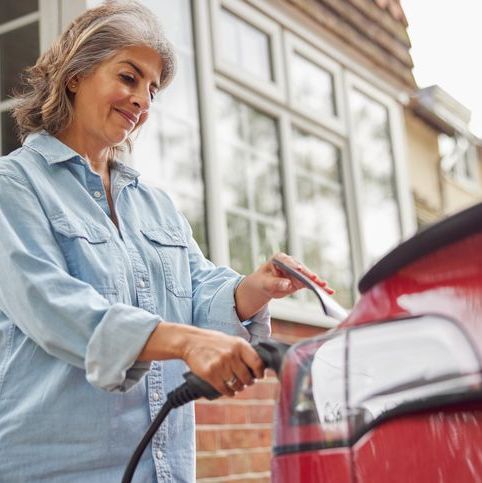
While a rebate program for EVs was established in Virginia, it remains unfunded. However, there are federal tax incentives that are available for the purchase of certain new and used electric vehicles.
New EVs may be eligible for a federal income tax credit of up to $7,500 and used EVs may be eligible for a federal tax credit of 30 percent of the sale price for a maximum of $4,000. Starting in 2024, tax payers can opt to transfer their allowable Clean Vehicle Tax Credit to a registered dealer at point of sale.
You can find more information about these incentives on our Electric Vehicles web page.
4. My HOA will not allow me to run a cable from my house for charging my electric vehicle? What are my options?
While our office cannot provide legal advice, we can offer guidance on installing EV charging equipment. If you own your parking space, the "Right to charge " law allows you to install charging equipment on your property, though homeowners' associations can impose reasonable restrictions.
Virginia's adherence to the National Electrical Code (NEC) standards necessitates certain requirements, including a cord management system to keep cords off the ground, installation of a dedicated circuit by a licensed electrician in compliance with NEC article 625, and obtaining an EV charging permit along with scheduling an inspection for the new installation. Crossing sidewalks within privately owned sites and along privately maintained roadways, such as townhouse developments, are at the discretion of the owner or HOA.
For those without privately owned parking spaces, the Charge Up Fairfax program assists HOAs with installing community charging stations and will accept applications later this spring.
5. What are the green building or emission standards required of commercial buildings in Fairfax County?
Fairfax County cannot mandate emissions reductions or energy performance standards for commercial buildings, as localities in Virginia lack the authority from the state to set such requirements.
The county encourages developers, business owners, and other stakeholders to incorporate sustainability in their building designs and operations. To support these efforts, OEEC offers the Green Business Partners program, which recognizes and assists companies committed to sustainable practices that advance climate action and contribute to a carbon-neutral economy by providing relevant resources and support.
The county has set a net zero-energy standard for the design and construction of county-owned facilities — a critical component in achieving energy carbon neutrality in its operations by 2040. Watch this Operational Energy Strategy in Action video to see how the county's commitment to green building design is helping to save money, reduce carbon emissions, and promote a healthier environment.
6. Are gas-powered leaf blowers harmful? And if so, why doesn’t Fairfax County ban them? 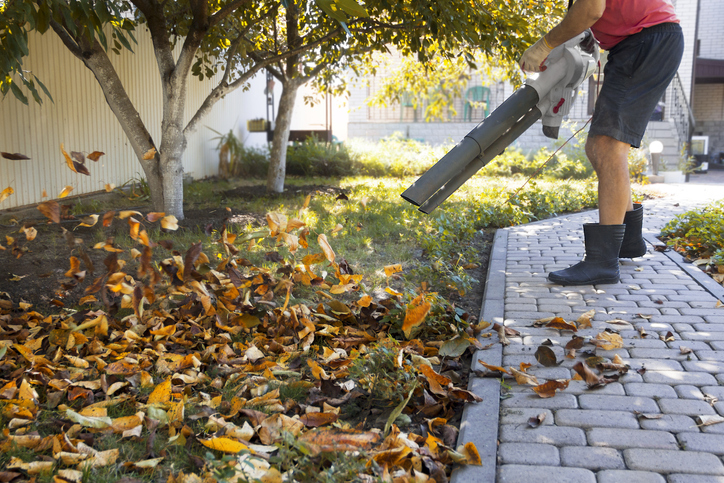
Operating at 200 miles per hour, gas-powered blowers emit pollutants in the form of chemicals, dust and noxious fumes that warm our climate and degrade our air quality. They also emit noise levels at or above 90 decibels — a risk both to the person operating the machinery and to those nearby.
Much like with the building energy standards, Fairfax County doesn’t have the statutory authority to outlaw gas-powered leaf blowers. But the county does recognize the harm they can cause to the environment and human health.
Fortunately, there are environmentally friendly alternatives, such as electric lawn equipment, which includes battery-powered and plug-in leaf blowers that are more cost-effective. Additionally, adopting natural lawn landscaping practices, such as letting leaves decompose or composting lawn debris, can enrich the soil and eliminate the need for harmful gas-powered tools.
Fairfax County is also teaming up with Clean Air Partners to offer a lawn tool exchange at several events this spring. Stay tuned for more details soon!
For more information on this topic, visit the county’s Electric-Powered Lawn Equipment page.
7. What is Dark Sky lighting and what is Fairfax County doing to support it?
Light pollution, primarily driven by artificial light at night (ALAN) such as streetlights and billboards, manifests as "sky glow," the unnatural brightening of the night sky.
Dark sky lighting offers a solution by using fully shielded, amber-colored lights directed downward and dimmed to the necessary brightness, often controlled by timers or motion sensors. This approach improves safety, enhances sleep by preserving natural circadian rhythms, protects wildlife by reducing disruptions to their natural behaviors, promotes relaxation, and conserves energy.
Individuals can support this effort by adopting dark sky-friendly lighting practices at home, participating in local Dark Sky conservation groups, and supporting the “Lights Out for Birds” campaign led by the Northern Virginia Bird Alliance.
To learn more about this topic, read our blog post on Dark Sky lighting and visit Fairfax County’s Dark Skies page.
8. Is the Energy Conservation Assistance program available only to community associations, or can individual homeowners apply?
The Energy Conservation Assistance Program is a cost-share reimbursement program that provides financial and technical assistance to property owners implementing energy efficiency updates, installing renewable energy solutions or enhancing the resilience of structures and property to withstand the impacts of climate change. Eligibility at this time is limited to property owned by common-interest communities such as homeowners associations/community associations, faith organizations and non-profit organizations.
For homeowners looking to do energy upgrades, there are a number of resources that may assist including the new Sustain Fairfax Challenge site. This user-friendly website provides personalized resources and actionable tips to help community members take climate friendly actions, including performing energy checkups, installing new appliances and HVAC systems, and completing weatherization projects.
OEEC also has a webpage dedicated to home energy which includes a section on energy assistance programs, tax Incentives and rebates offered by the federal, state and county government, as well as local utilities.
We also encourage you to join us at the Healthy Homes Fair in DC on May 10 to learn more about the products, services, and incentives available to use our homes to combat climate change while increasing health and comfort. The jam-packed program will include over 100 exhibitors, induction cooking demonstrations, caulking workshops, and incentives calculator demos, equipping both renters and homeowners with the knowledge and tools they need to decarbonize their homes!
9. I’m interested in making energy upgrades to my home. Do you have a referral list for solar installers or home energy contractors?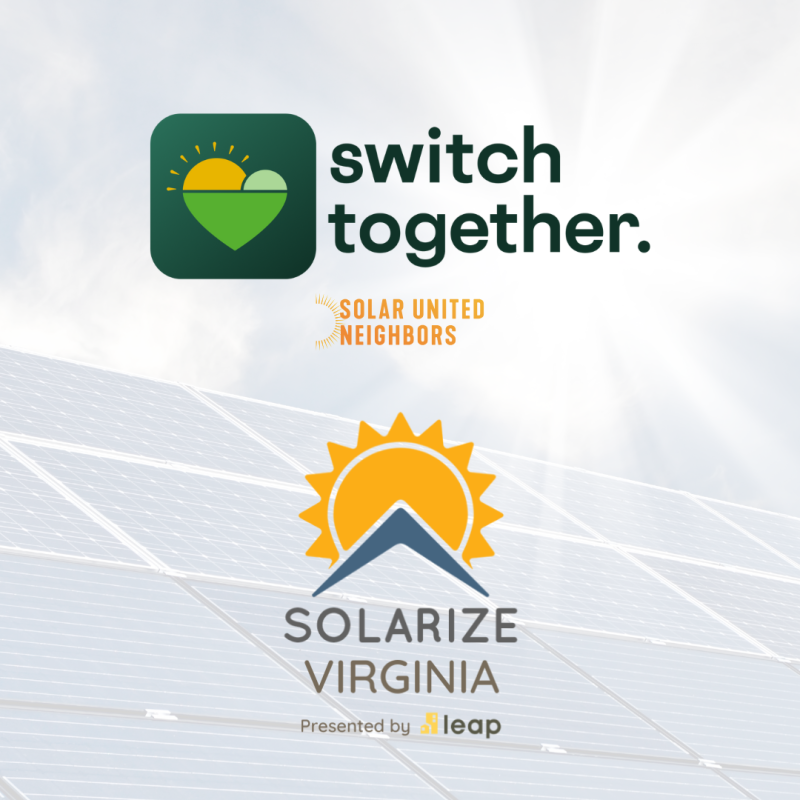
Although we cannot provide referrals for solar or home energy contractors, our office does promote two solar group purchasing programs operating in Northern Virginia — Solarize and Switch Together — in which the solar installers are selected through a competitive bidding by the organizing non-profits. Likewise, Community Housing Partners (CHP), the state-authorized weatherization contractor for our region, maintains a list of authorized contractors and service partners who share their (and our) interest in climate-friendly approaches.
Additionally, our Going Solar page offers information to help you identify reputable companies. If approached by a door-to-door salesperson, we advise asking for their county-issued license before engaging. Additional details about door-to-door solicitors are available on the Fairfax County website.
10. I received a letter about a solar program called Switch Together which included the county seal. Why did I receive this letter and is it legitimate?
You received this letter because your home is in an area eligible for Switch Together, a county-supported group-buying program for rooftop solar. The letter provides details on how you can explore solar at a discounted rate with no obligation.
The Switch Together program (formerly Solar Switch) uses publicly available data from Google’s Project Sunroof, which estimates solar potential based on roof size, orientation, and shading from nearby trees or building. If you already have solar, you can disregard this mailing. Please reach out to solar@switchtogether.com with your address details if you would like to be removed from the mailing list.
OEEC also works with the Local Energy Alliance Program (LEAP) to promote Solarize Virginia, another group purchasing program that helps homeowners get a rooftop solar system at a discounted price.
Both programs are currently accepting sign-ups, which include a free solar assessment. These programs support Fairfax County’s efforts to encourage the use of clean, renewable energy to power our homes and businesses and reduce our overall greenhouse gas emissions.
Visit our Going Solar page to learn more about these programs.
11. Where can I dispose of my old TV or refrigerator?
Household appliances, when broken or outdated, become e-waste, of which only a small percentage is responsibly recycled globally. Instead of discarding them, there are several ways to handle these appliances responsibly.
Reusing is one option — older, working appliances can be donated to organizations like Habitat for Humanity, The Salvation Army, or local thrift stores. Repairing is another viable option, as many appliances can be fixed with some troubleshooting, consulting manuals, or seeking professional help. Fairfax County also hosts Fix-It Clinics where volunteers assist in repairing small household appliances.
For appliances that can no longer be reused or repaired, recycling is the best option. If your trash or recycling hauler doesn’t accept the item, appliances are accepted for electronic recycling at the I-66 Transfer Station and I-95 Landfill Complex. with special provisions for appliances containing refrigerants.
See the Residents' Facility Guide for information about disposal fees and regulations. If you have further questions on what can be recycled or dropped off at the landfill, please visit the webpage Recycle or Trash- What Goes Where?
12. Has any analysis been done as to whether the 5 cent plastic bag tax is changing behavior by encouraging the use of reusable bags? 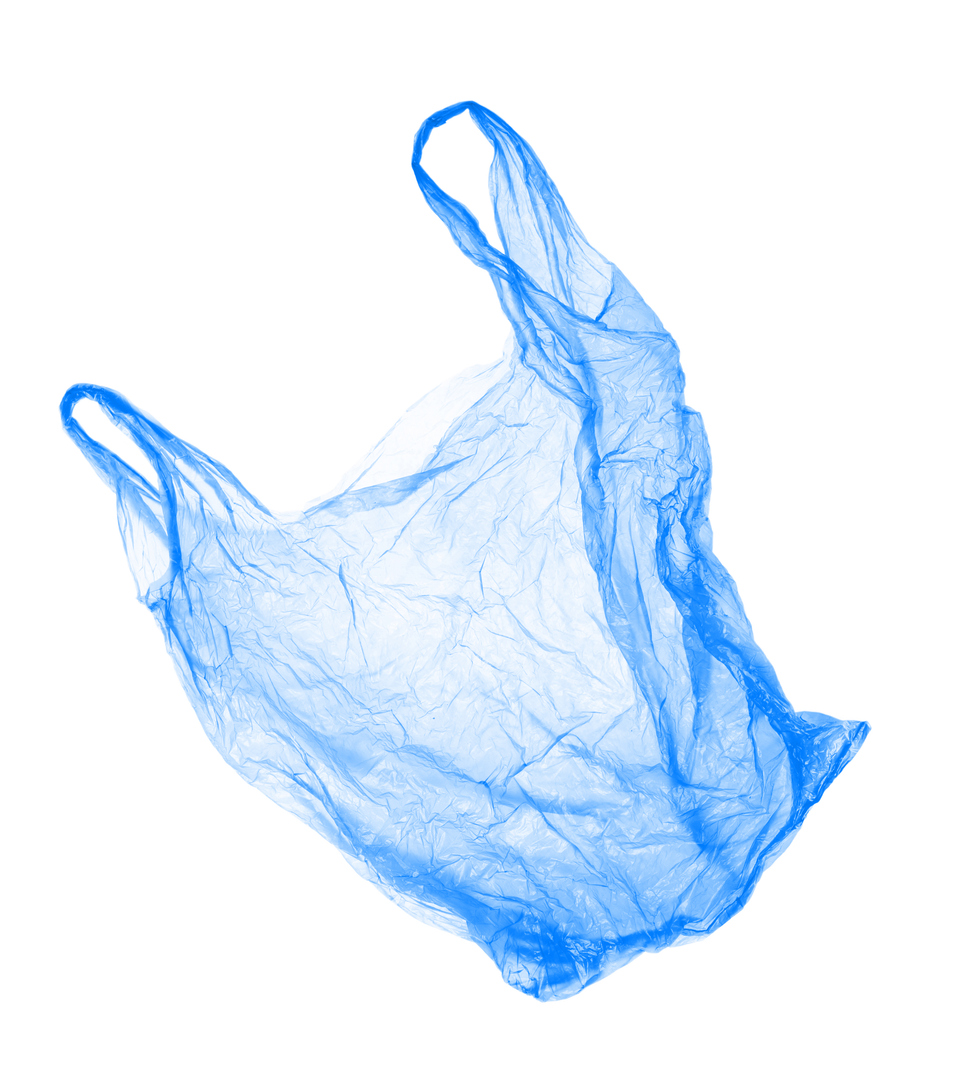
The most comprehensive data comes from plastic bag tax revenues, which shows a steady decrease in plastic bag use since the tax's implementation with an estimated decrease of 1.5 million bags in 2024 compared to the same period in 2023.
The Fairfax County Department of Public Works and Environmental Services (DPWES) monitors water-borne litter, or "floatables," as part of the County's Municipal Separate Storm Sewer System (MS4) permit. This monitoring is conducted quarterly at five representative sites and aims to estimate floatable discharge rates in stormwater.
While this program was not initially designed to assess the effectiveness of the Plastic Bag Tax, DPWES and the Clean Fairfax Council are collaborating to perform a more detailed analysis of the floatable monitoring data, with results expected by July 2025. Initial observations indicate a decrease in plastic shopping bags observed during MS4 litter surveys following the tax implementation.
The county will continue to monitor these trends as an indicator of consumer behavior, looking to see if both pollution levels and revenue continue to fall over time.
13. Are there any volunteer or paid positions available at OEEC?
While our office does not currently have any available positions, we encourage job-seekers to visit the Fairfax County’s jobs page for notices of both current openings and non-merit/seasonal jobs.
For individuals looking to volunteer their services, the county’s Volunteer site provides a list of opportunities that might match a person’s interests and work availability.
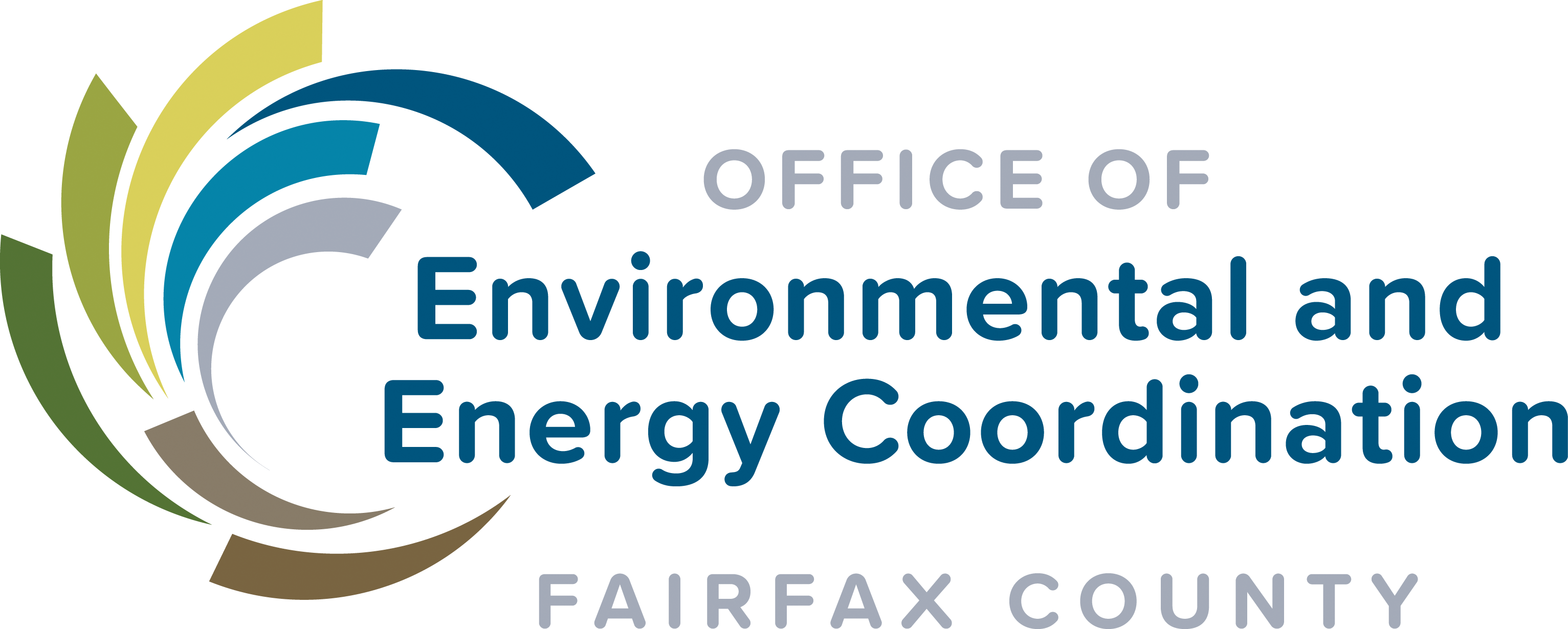
Climate Matters is the blog of Fairfax County’s Office of Environmental and Energy Coordination, where we share stories, insights and information related to climate change and environmental sustainability. Posts are written by knowledgeable and passionate OEEC staff members and guest authors. To read all blog posts, visit Climate Matters.

